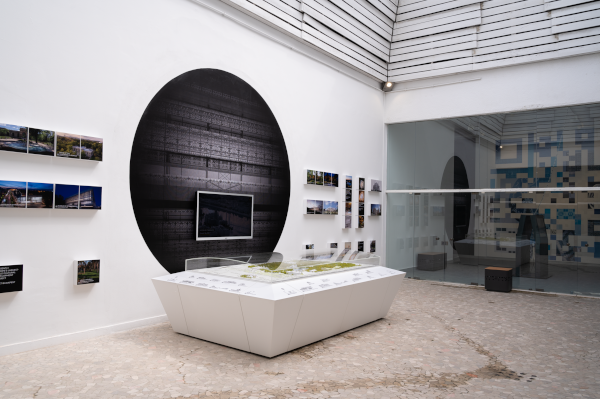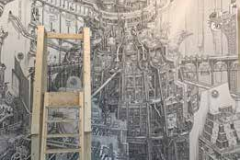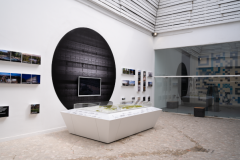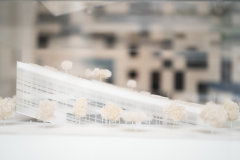A Trip to the “Laboratories of the Future”
18th Venice Architecture Biennale, 2023
Text: György Szegő
Photos: Hanna Szegő, József Rosta
This year, the central exhibitions of the Venice Architecture Biennale were organised by Ghanaian-South African architect Lesley Lokk. In her opinion, it is the continent that is most insecure at present, but also the region where she sees the strongest invention. The Chief Curator summed up her message as follows: „In Venice, Africa speaks to the world”. During the previous years the Venice Biennale of Art and Architecture has reflected – and, by virtue of its prestige, also indirectly evoked – the forementioned shift in emphasis in the field of visual culture and arts, the retreat of European culture’s reach in the face of a global one that is expected and hoped to „change humanity”. This latent process is now strongly manifesting itself: 89 of the exhibitors invited by the curator-in-chief are of African or Afro-descendant origins and present themselves apropos of and regarding the theme of „change”.
At this year’s Biennale, which is overly social in its focus, the Hungarian exhibition proves to be a positive exception. At its heart we find the Ethnographic Museum building in Budapest which was inaugurated in 2022. The exhibition coordinates several closely related artistic and cultural components. The grid pattern of the metal shading structure wrapping around the vertical surfaces of the structure has been transformed into contemporary ornamental patterns derived from the artistic traditions/designs of the ethnographic material of the museum’s collection. The motifs of the perforated “ribbon” are on display in the spacious hall of the Venetian pavilion in such a way that they can be heard and experienced as acoustic and light effects. The musical extension based on an idea by Judit Halmágyi, architect and composer Péter Mátrai has composed a new, related instrument for this very purpose.






